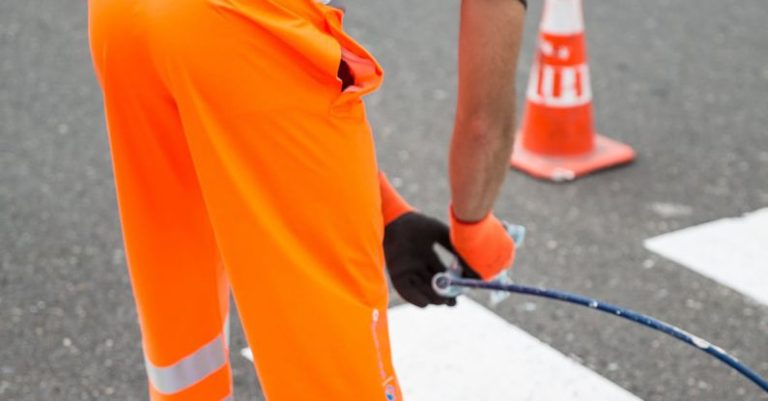The Impact of Uv Resistance on Composite Material Longevity
Composite materials have become increasingly popular in various industries due to their exceptional strength-to-weight ratio, durability, and versatility. However, one crucial factor that significantly influences the longevity of composite materials is their resistance to ultraviolet (UV) radiation. The impact of UV resistance on composite material longevity is a vital aspect that cannot be overlooked when designing and utilizing these advanced materials.
Understanding UV Radiation and Its Effects on Composite Materials
UV radiation is a form of electromagnetic radiation emitted by the sun, with wavelengths shorter than visible light but longer than X-rays. When composite materials are exposed to UV radiation, they undergo a process known as photodegradation. This process involves the breaking down of the polymer matrix and reinforcing fibers within the composite structure, leading to degradation of mechanical properties and overall performance.
UV-resistant composite materials are specifically formulated to withstand prolonged exposure to UV radiation without significant degradation. The level of UV resistance in a composite material is determined by the type of polymer matrix, reinforcing fibers, and additives used in its composition. Proper selection of these components is essential to ensure the longevity and performance of composite materials in outdoor or high UV exposure environments.
Enhancing UV Resistance in Composite Materials
There are several strategies to enhance the UV resistance of composite materials and improve their longevity:
1. Polymer Matrix Selection: Choosing a UV-stable polymer matrix is crucial in ensuring the longevity of composite materials. Polymers such as polyethylene terephthalate (PET), polyether ether ketone (PEEK), and epoxy resins are known for their excellent UV resistance properties.
2. Additives and Fillers: Incorporating UV stabilizers, antioxidants, and fillers such as carbon black or titanium dioxide into the composite material formulation can help enhance UV resistance. These additives act as barriers against UV radiation and prevent degradation of the polymer matrix and reinforcing fibers.
3. Surface Coatings: Applying UV-resistant coatings or paints to the surface of composite materials can provide an additional layer of protection against UV radiation. These coatings act as a shield, reducing the direct exposure of the composite material to UV light and extending its longevity.
4. Fiber Orientation and Layup Design: Optimizing the fiber orientation and layup design of composite materials can minimize UV exposure to critical structural components. By strategically placing reinforcing fibers and adjusting the layup design, the overall UV resistance and longevity of the composite material can be improved.
The Importance of UV Resistance in Composite Material Longevity
The impact of UV resistance on composite material longevity cannot be overstated, especially in applications where prolonged exposure to sunlight is inevitable. Whether used in aerospace, automotive, marine, or construction industries, composite materials must be able to withstand the harsh effects of UV radiation to maintain their structural integrity and performance over time.
Failure to consider UV resistance in the design and selection of composite materials can result in premature degradation, loss of mechanical properties, and ultimately, structural failure. By prioritizing UV resistance as a key factor in material selection and design, manufacturers and engineers can ensure the longevity and reliability of composite structures in various applications.
Conclusion: Enhancing Longevity through UV Resistance
In conclusion, the impact of UV resistance on composite material longevity is a critical consideration for ensuring the durability and performance of these advanced materials. By selecting UV-resistant polymer matrices, incorporating additives, utilizing protective coatings, and optimizing design strategies, the longevity of composite materials can be significantly enhanced. Manufacturers, engineers, and designers must prioritize UV resistance in the development and utilization of composite materials to maximize their lifespan and reliability in diverse applications.






